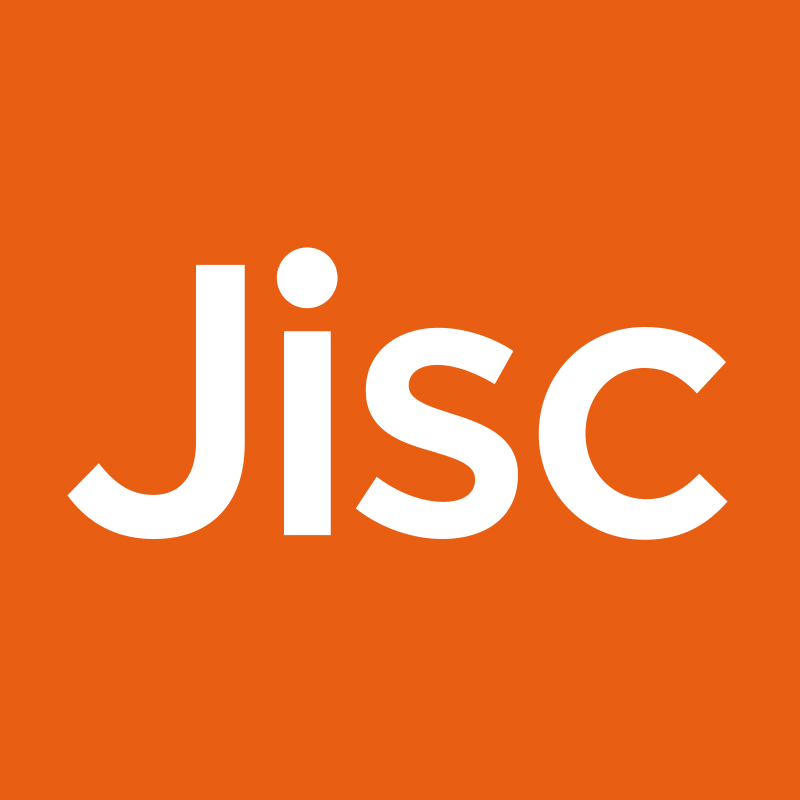Two reports have recently been published as the outcome of surveys on special collections within research libraries in the UK and the US. Here are some highlights from the findings.
OCLC and RLUK’s Survey of Special Collections and Archives in the UK and Ireland grapples with many of the issues inherent in the management of special collections, ranging from human resources and skills, cataloguing and metadata, outreach, born-digital material and digitisation.
“Perceived pressure to digitise collections comprehensively seems to be ubiquitous” says the RLUK report, and “users expect everything in libraries and archives to be digitised.”
Ithaka S+R’s Appraising our Digital Investment: Sustainability of Digitized Special Collections in ARL Libraries takes up the story where the RLUK study leaves off, and concentrates specifically on the post-digitisation scenario and how academic research libraries are dealing with the sustainability of digitised special collections.
The two studies make an interesting read, as they are complementary in a number of ways:
1) Special collections are recognized as strategically important to institutions: the RLUK report highlights how special collections and archives “play a key role in differentiating each institution from its peers”. This is also echoed by Ithaka’s findings, “over 80% [of respondents] agreed that digitized special collections are critical to our current strategic direction”.
2) Users, however, are not that well served: while RLUK libraries have seen an increase in the number of users of special collections, not much is known about who these users are, which inhibits the potential for impact of those collections. In fact, the ability to do “outreach” activities is seen as one of the most challenging areas for libraries. Along the same lines, Ithaka’s report found that once collections have been digitised, little investment is made in understanding the needs of audiences: 43% of libraries gather analytics, but far less conduct any qualitative research, although this is usually recognised as more useful than just monitoring web analytics.
3) Funding is still the main issue: only 20% of RLUK libraries have a recurring budget for digitisation, while 40% can undertake projects only with special funding, suggesting that while libraries may be able to fund small-scale activity internally, they often require external funding for large projects. On the other hand, the Ithaka study revealed that “Libraries are spending far more in creating new resources than in enhancing current ones”, a situation that is likely to be similar in the UK. So while it is difficult to find funding for large scale digitisation, it is equally problematic to identify support for enhancement and development of existing digital resources.
4) Sustainability of digitised collections still relies on fairly traditional models: the host institution is principally responsible for this. However, it is able to set aside only limited resources for enhancement and development. The Ithaka study confirms that when institutions engage in successful revenue generation activities (mainly through licencing of content or print on demand), the actual gain made is only on average 21% of the total cost of maintaining the collection in the previous year, and the median only 10%, so a very modest gain, possibly seen as not worth the hassle.
The RLUK study recommends a collective approach to digitisation and sustainability of digitised content which includes:
“…the development of a national strategy for continued digitisation of special collections … sustainable funding strategies and international partners with which to collaborate”, and the “development of cost-effective models for large-scale digitisation of special collections…”
What would this strategy look like? And what models could support it? A few days ago I came across Reveal Digital’s cost recovery=open access model, an approach to large scale digitisation of special collections based on participating libraries subscribing to a collection on a cost recovery basis. Once the cost of producing the digitsed collection has been covered, the collection is made available on open access. Definitely a model worth considering.
The Center for Research Libraries (CRL) has commissioned an independent assessment of the Reveal Digital model highlighting, however, some of the potential risks with this approach.
Reveal Digital is trialling its approach with Independent Voices, an archive of about 1m pages from journals and magazines of the independent press, and is inviting libraries to register their interest in subscribing to this collection over the next six months, so let’s watch this space.
